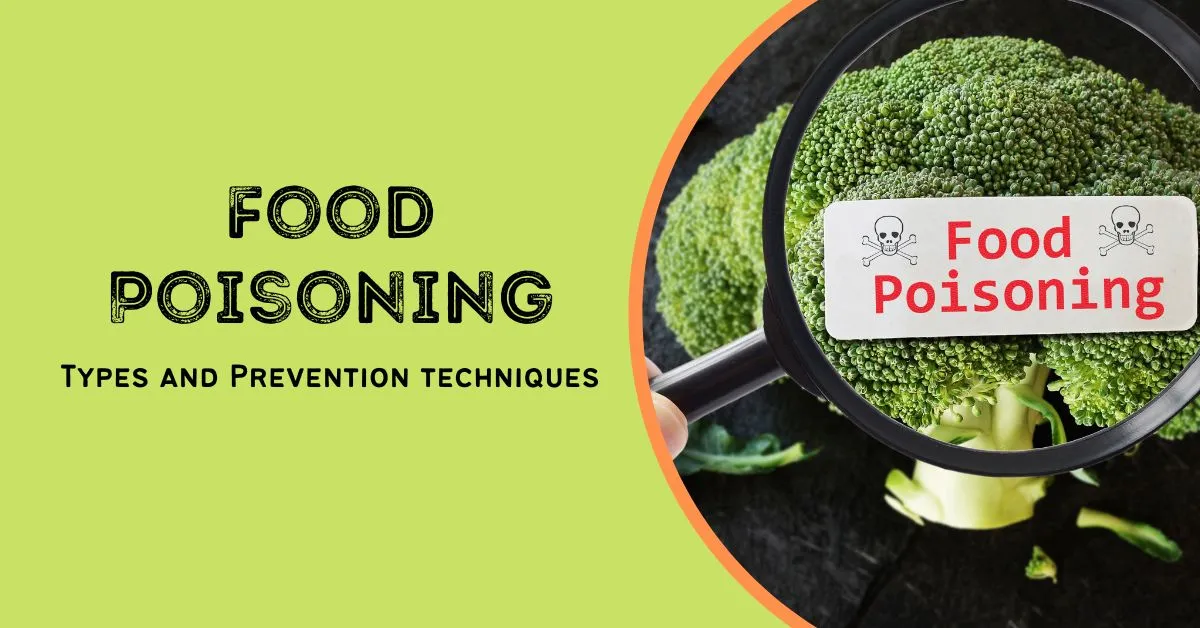Blitz News Digest
Stay updated with the latest trends and insights.
Surviving the Dinner Disaster: How to Outsmart Food Poisoning
Avoid food poisoning nightmares! Discover essential tips to navigate dinner disasters and keep your meals safe and delicious.
Top 10 Tips to Prevent Food Poisoning at Home
Food poisoning is a serious concern that can lead to uncomfortable symptoms and health complications. To keep yourself and your family safe, it's essential to understand the best practices in the kitchen. Here are top 10 tips to prevent food poisoning at home:
- Wash your hands frequently with soap and warm water, especially before handling food.
- Keep your kitchen clean by regularly sanitizing surfaces and utensils.
- Store raw meat separate from other foods to avoid cross-contamination.
- Use a food thermometer to ensure meats are cooked to safe temperatures.
- Defrost food safely in the refrigerator, microwave, or cold water, not at room temperature.
- Be mindful of expiration dates and throw away any expired items.
- Rinse fruits and vegetables thoroughly under running water before consumption.
- Store leftovers in airtight containers and consume them within three to four days.
- Never leave cooked food out for more than two hours.
- Avoid consuming foods from bulging cans or damaged packaging.

What to Do If You Suspect Food Poisoning: A Step-by-Step Guide
If you suspect food poisoning, it’s essential to act quickly to minimize discomfort and prevent further issues. Start by identifying any recent meals that may have caused your symptoms. Common signs include nausea, vomiting, diarrhea, and abdominal cramps. If you're experiencing more severe symptoms such as high fever, bloody stools, or dehydration, it’s vital to seek medical attention immediately. While waiting for help, ensure you stay hydrated by sipping clear fluids like water or broth.
If symptoms are mild, you can manage food poisoning at home by following these steps:
- Keep Hydrated: Drink plenty of clear fluids to prevent dehydration.
- Rest: Allow your body to recover by getting adequate rest.
- Monitor Symptoms: Keep track of how you feel and note any worsening symptoms.
- Avoid Certain Foods: Stay away from dairy, caffeine, and fatty foods until you feel better.
Common Myths About Food Safety Debunked
When it comes to food safety, misinformation can lead to serious health risks. One prevalent myth is that washing raw chicken can eliminate harmful bacteria. In reality, washing chicken can actually spread bacteria around your kitchen, increasing the risk of cross-contamination. Instead of washing, it's more effective to cook chicken to the appropriate internal temperature, which kills any existing pathogens.
Another common misconception is that 'sell by' dates on food packaging are indicators of food safety. In fact, these dates are meant for retailers to manage their inventory and do not necessarily reflect the safety or quality of the food. Many products are still safe to consume after the 'sell by' date, especially when properly stored. Always trust your senses—look for signs of spoilage, and when in doubt, throw it out.